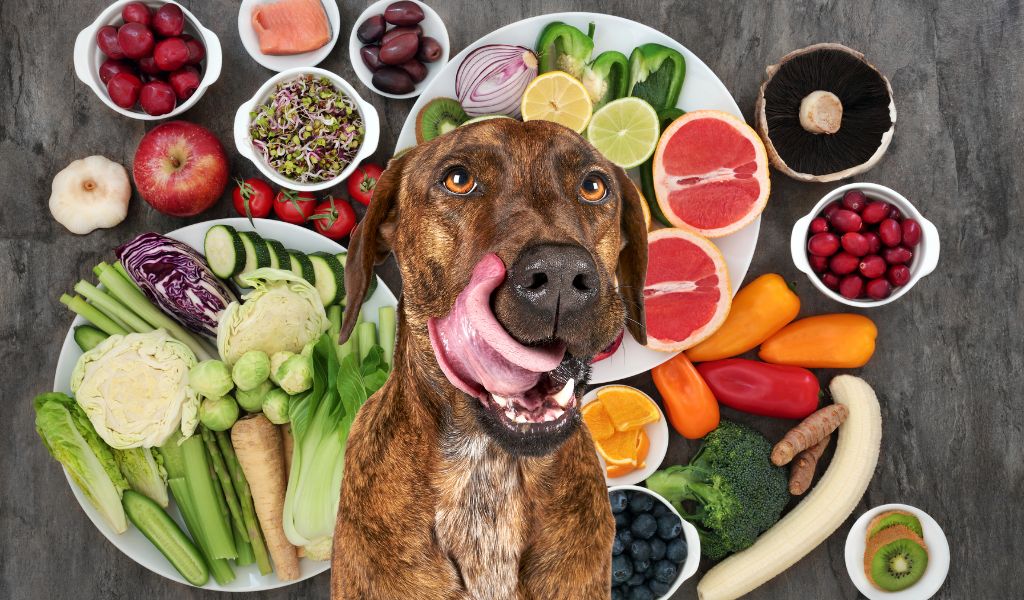It’s not uncommon for owners to be perplexed by the seemingly insatiable appetite of their canine companions.
After all, why do dogs eat so much?
In this blog post, we will explore why dogs tend to be such big eaters.
Dogs have a high metabolism and are generally very active animals meaning that they burn through calories quickly and need to regularly replenish their energy levels, which tends to mean that many dogs always seem to be eating.
Metabolism and activity level
The first explanation for a dog’s voracious appetite is its metabolism and activity level.
A dog’s body works differently than a human’s.
Dogs burn through energy quickly due to their active lifestyle and they need to replenish that energy with regular meals.
For example, an average-sized adult labrador retriever needs around 1,500 calories per day while an adult human male only needs around 2,500 calories per day.
Additionally, dogs are constantly on the move—exploring, running, jumping, playing—which causes them to expend even more energy throughout the day and require even more food intake to keep up that energy level.
Age and breed
Another factor that impacts how much a dog eats is its age and breed.
Puppies eat significantly more than adults since they are still growing and developing.
Puppies typically require two or three times as many calories as adults in order to get proper nutrition for growth and development.
Additionally, some breeds of dogs—such as spaniels and other working dogs—are genetically predisposed to have higher metabolisms which means they need even more food than other breeds in order to maintain their energy level throughout the day.
Feeding habits differ between dogs
Not all dogs share the same eating habits either, each individual has its own personality quirks and preferences when it comes to mealtimes.
Some may be picky eaters while others may devour whatever is put in front of them but regardless of the situation, it’s important that owners monitor what their pets are consuming and adjust accordingly.
A healthy diet should include high-quality proteins and carbohydrates while avoiding processed snacks or treats that can be filled with unhealthy additives.
The role of environment
Finally, the environment around your dog may also play a role when it comes to their eating habits.
If you frequently feed them table scraps or special treats between meals, then this could lead them to believe that food will always be readily available and therefore increase their appetite even more.
Additionally, if you have multiple pets in the house then competition among them could also lead each one of them to eat more than necessary in order to “win” the battle for dinner.
Natural instincts
Another reason why dogs might eat so much is because of their natural instincts.
In the wild, canines have evolved over time to take advantage of every opportunity they can find for food, wolf packs will scavenge whatever prey they can find in order to survive harsh winters or droughts when food sources are scarce.
This instinct has been passed down through generations of domestic canines which is why your dog might still have a hearty appetite despite being well-fed at home.
Final Words
To sum it up – dogs’ high metabolism rate combined with their active lifestyle require them to replenish lost energy with regular meals.
Some breeds are genetically predisposed to have higher metabolisms which requires them even more food.
Lastly, natural instinct drives our dogs’ desire for sustenance regardless of whether or not there’s an abundance of food available in their home environment.
All these factors contribute towards explaining why our canine companions seem like bottomless pits when it comes time for dinner.










